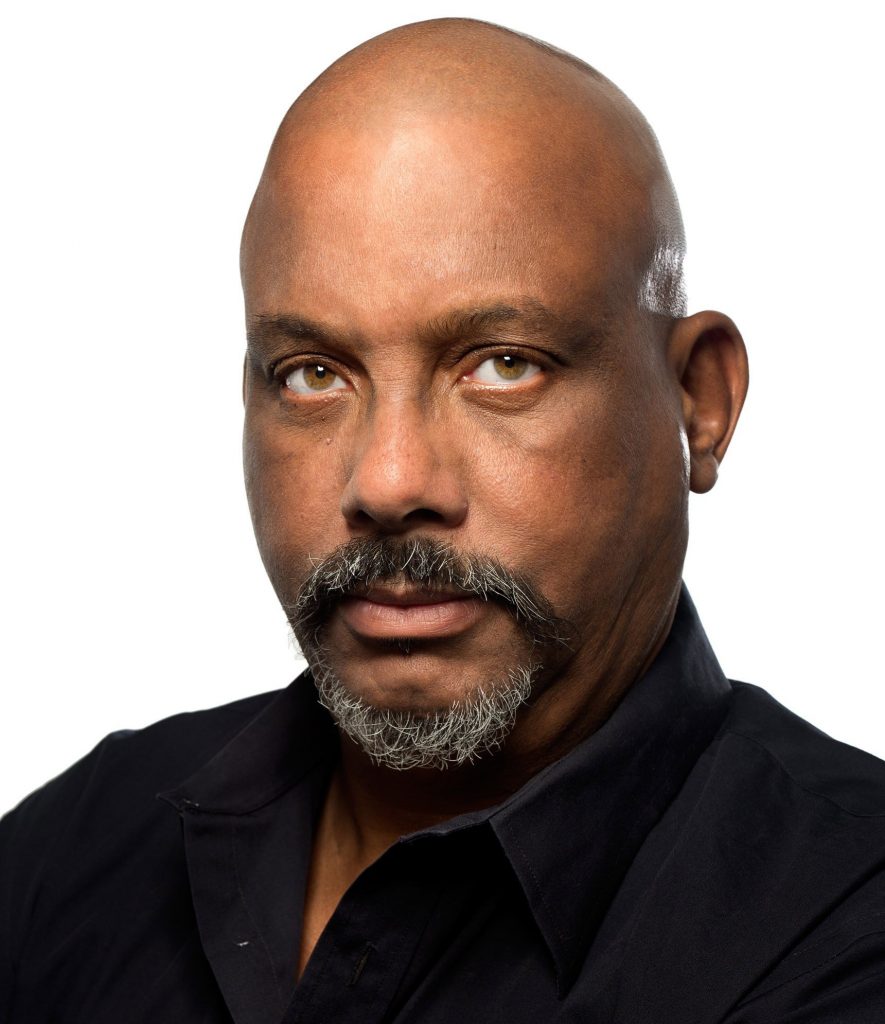School’s in…

BitDepth#1246
WE WERE supposed to be out of isolation now.
That’s not going to happen. Every additional week brings new challenges and the possibility that school will not convene until September.
The response of the Ministry of Education (MoE) to these issues has been, shall we say, slow to spin up. What needs to happen now is this.
Understand the situation.
Last week Minister in the Ministry of Education Dr Lovell Francis announced that 60,000 students in TT do not have devices.
That’s probably wrong. A good benchmark for device ownership and connectivity would be the School Nutrition Programme, which announced in 2017 that it served 88,000 lunches to 800 schools.
One teacher I spoke with (all requested anonymity) pointed out that less than half of her primary school class has the required device and connectivity. She cannot contact the parents of a quarter of the class at all.
Having equipment is only the start.
The MoE has just reached out to principals to assess the needs of teachers in their schools, but that information is still being collated. It’s a process that should have begun weeks ago and will take more time to gather, assess and act on.
Make the teaching expectations accessible.
The MoE has touted its online learning modules proudly.
What it has not mentioned is that almost all the course information is couched deeply in pedagogy-speak. The teaching outlines are indecipherable to non-teachers. It’s time to open-source the school curriculum and clarify what is expected of student learning term by term.
All the third-party education opportunities are focused, including the Government’s learn.moe.gov.tt, on students facing the SEA, CSEC, CAPE and CXC examinations. That’s a lot of children, but it’s less than a quarter of the school population. There is very little there for the rest.
Set reasonable minimum expectations.
Parents are not teachers. Two solid hours of work per day is likely to be the reality. In a stay-at-home household, one parent is likely to be at home, working while also coaching 2.5 children on the work that’s coming in over the internet.
How many devices should be available in that environment? What connection speeds make any of this an achievable idea?
Confer with teachers regularly.
Despite the promise by Dr Francis that teachers have been trained in these systems, there is little evidence that any training targeted primary schools. In secondary schools, the training might have identified teachers for learning opportunities, but there is also no evidence that they were seeded as evangelists or trainers in their respective schools.
Distance learning is to be enabled on the Edmodo platform, which appears to be a collaborative instruction delivery and messaging tool, not a classroom interface platform.
Teachers were not consulted on this decision, and it’s increasingly clear that top-down mandates by the MoE will cause problems. Teachers handling students in these new virtual engagements will be the most valuable source of learning and adaptation to this new education environment.
The MoE should appoint a taskforce to gather information and innovate on daily findings from the field to rapidly innovate responses.
Plan for a future that will look different. And not always for the better.
Private schools, who depend on school fees to survive and pay their rents and teachers, have pressed ahead vigorously to earn their keep. In just a few weeks, the country may be facing an education chasm that shears along the lines of its digital haves and have-nots.
“Education,” one teacher pointed out, “is no longer the great equaliser, it is now the great divider.”
Mark Lyndersay is the editor of technewstt.com. An expanded version of this column can be found there


Comments
"School’s in…"